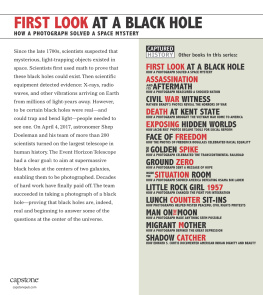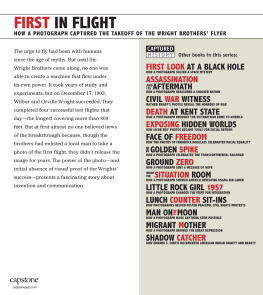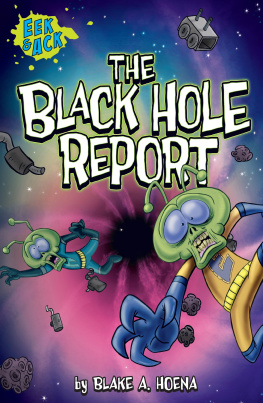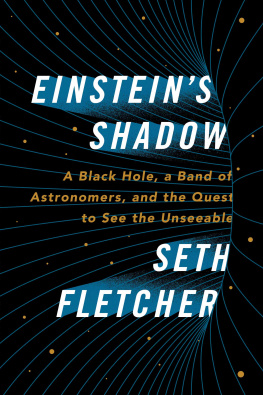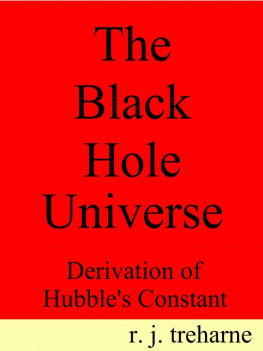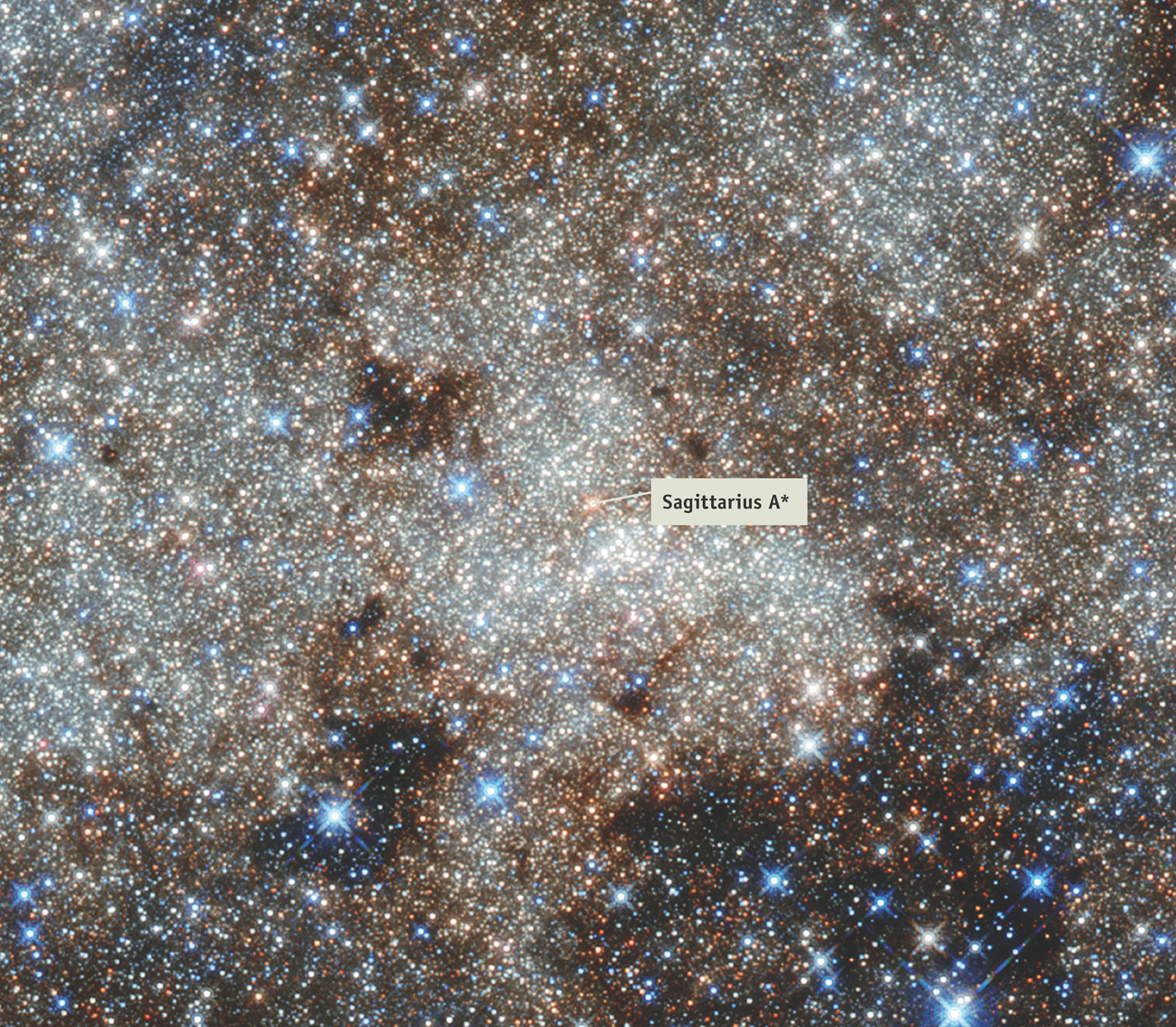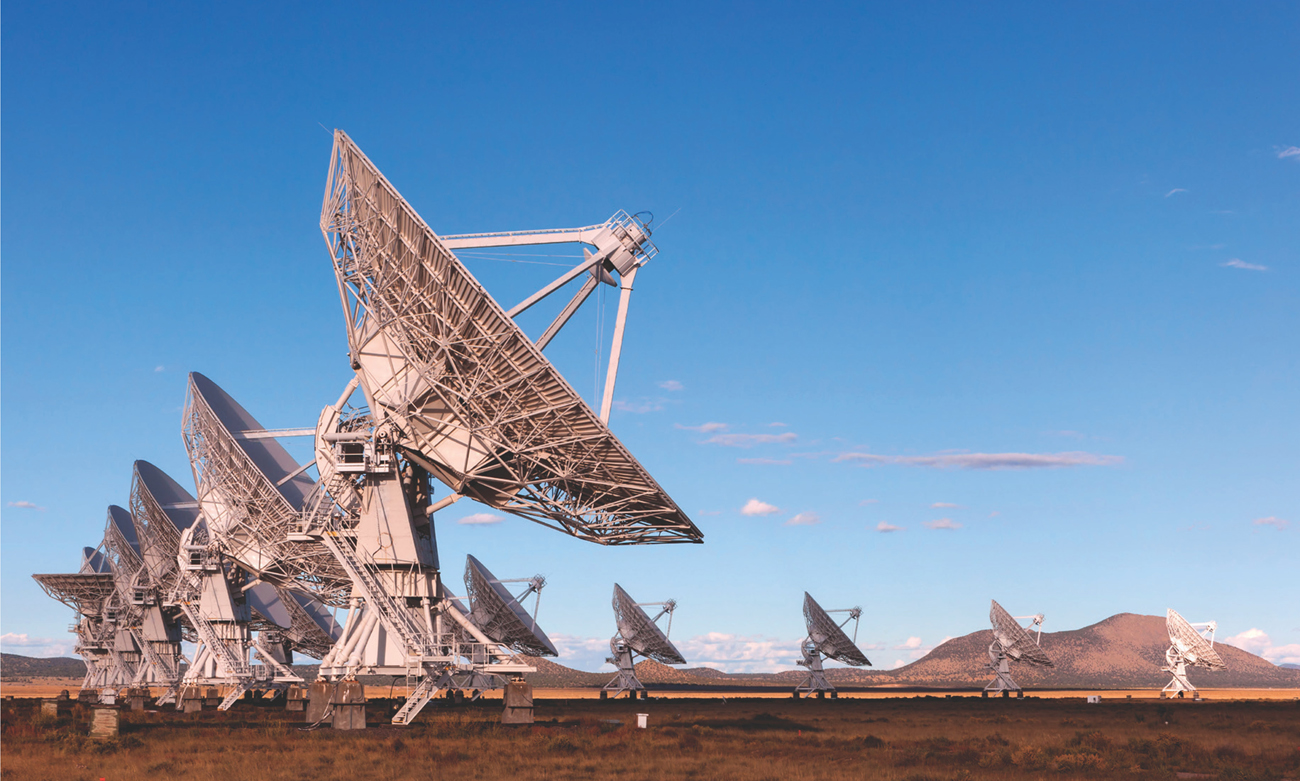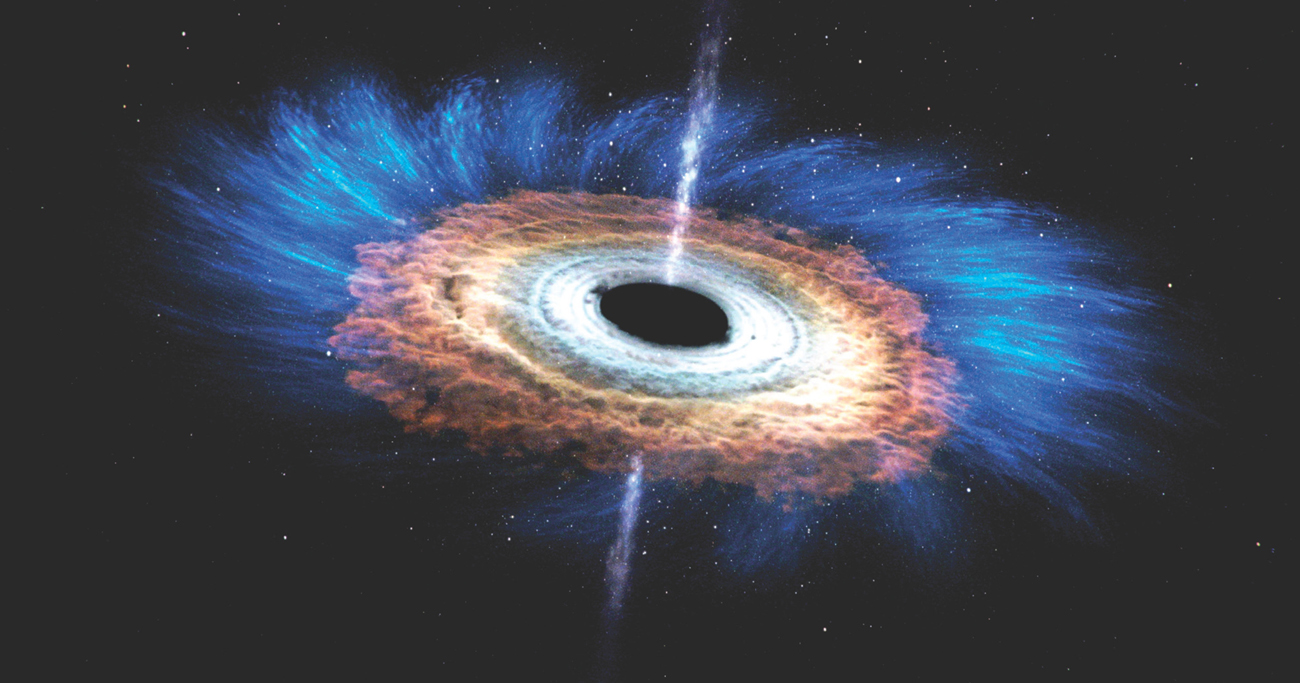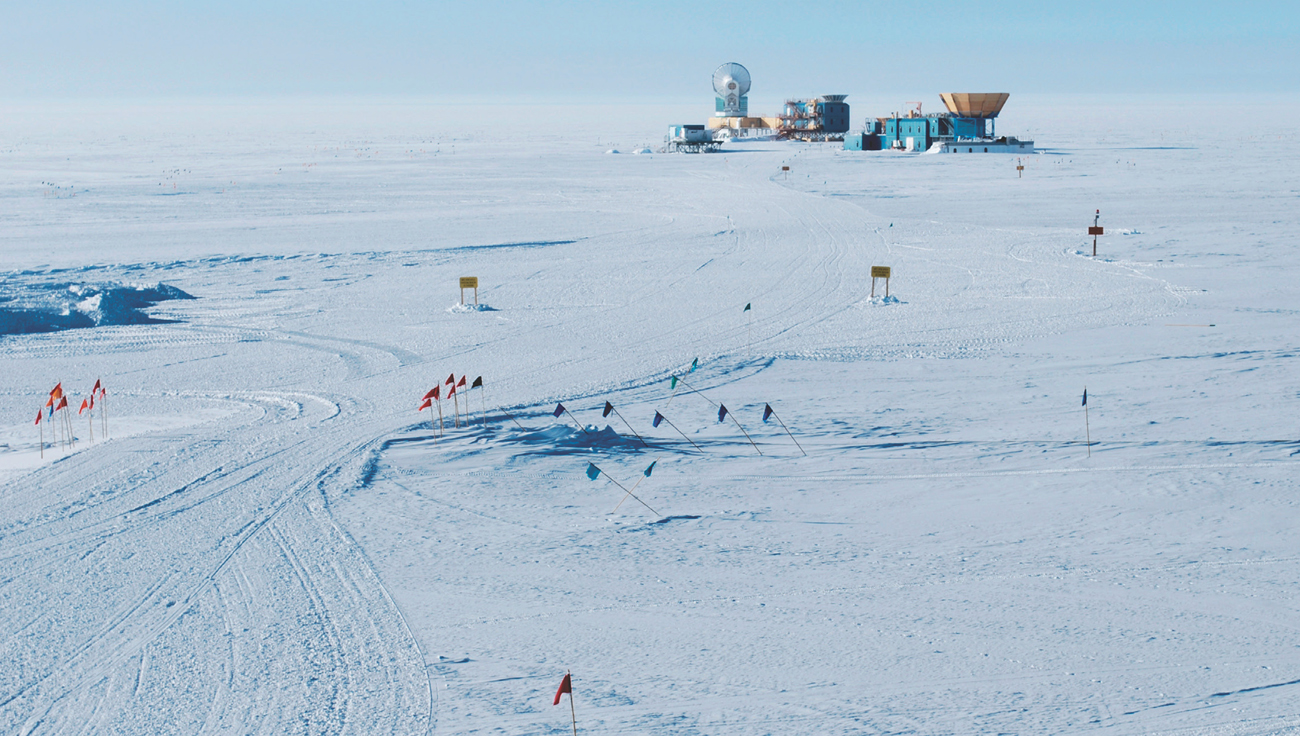Chapter One
MONSTERS IN THE DARK
The astronomers anxiously watched weather forecasts displayed on a large monitor. It was about two oclock in the afternoon on April 4, 2017, and this was the command center for the Doeleman sat at the conference table. His team hoped to capture the first image of a black hole in space, but the weather had to cooperate. In locations around the world, more than 200 people were waiting to switch on the largest telescope ever assembled.
Moisture of any kind can disturb the tiny waves of light arriving from away. They are about 1 millimeter in lengthshort enough to get knocked off course by raindrops or even water vapor in clouds. Decades of work depended on the weather. But it wasnt the weather in their Cambridge, Massachusetts, room that afternoon that mattered.
At observatories in eight locations in the U.S., Mexico, Chile, Spain, and Antarctica, teams waited for Doelemans online instructions to turn on their telescopes. When they did, the Doeleman and his team hoped it would be the worlds first photograph of a black holeor whatever strange object they found instead.
Shep Doeleman and his team members monitored the progress of the Event Horizon Telescope in locations around the world.
The EHTs targets were located at the swirling centers of two galaxies. These objects had names, though no one had ever seen them. Sagittarius A* is about 25 million light-years away, inside our own spiral-shaped Milky Way galaxy. The other object is called M87*. It is tucked inside the oval-shaped Messier 87 (M87) galaxy, 53 million light-years away.
M87 is so big and bright it was discovered in 1781 with an optical telescope. However, the EHT was not an optical telescope. Visible light is useless for hunting black holes. The EHT was a radio telescope that used light not visible to humans.
Though scientists have seen stars spinning around Sagittarius A*located in the center of this image, taken with the Hubble Space Telescopeno one has ever seen the black hole itself.
Even without a photograph, scientists could already picture a black hole. They imagined a dark sphere. It has no surface, like a shadow. But unlike a normal shadow, a black hole has event horizon.
How can anyone take a photograph of a black object against the darkness of space? A light source is necessary. Thats true for any sort of photography. Fortunately, a black hole of a certain size can create a ring of light. Matter outside the event horizon whips around up to 2 million miles per hour (3.2 million kilometers/hour). This swirling belt is called an accretion disk would look like a glowing ring. The black hole would appear as a shadow framed inside.
RADIO VISION
The EHT may not look like a camera, but to take a black hole photograph it must do everything a regular camera does. Photographers working with dim visible light must keep the cameras shutter open longer to collect enough light bouncing off their subjects. Radio astronomers must observe dim targets for a long time too. Since , or distance between telescopes, would need to be larger than Earth.
A clean, high-quality lens gives a camera its viewing power. The polished surface inside a parabolic dish gives a radio telescope its viewing power. Even tiny bumps or scratches on the polished metal tiles inside a parabolic dish can disrupt radio waves. They must bounce off these mirrors toward a central antenna. The radio waves are converted into electricity and travel through cables to the control room. There, the electricity is recorded in sequences of numbers as digital information.
Like cameras, radio telescopes must aim at their subjects. The equipment that moves a radio telescope is complex and expensive. But without it, the polished dish cannot bounce radio waves at the antennas with accuracy. Machines swivel and tilt the dish to adjust its position. Computer-controlled machines also adjust the angle of each mirrored tile inside the dish.
The 28 radio telescopes of the Very Large Array in New Mexico help scientists study faraway astronomical objects, including black holes.
A black hole is so far away that the data gathered from the array of telescopes. The EHTs 79 dishes at eight locations spread across three continents was the worlds largest VLBI experiment.
This is a NASA artists rendering of star debris gathered into an accretion disk around a black hole.
But so much can go wrong with VLBI. Clouds in Arizona could creep near Mount Grahams Doelemans team could not afford to be too picky about conditions. Scheduling time on all eight observatories required negotiation and patience. Other astronomers used these sophisticated tools also. And weather conditions were clear at the observatories in Chiles Atacama Desert, Californias Inyo Mountains, Spains Sierra Nevada mountains, and on Hawaiis Mauna Kea.
I think we should call it a go, Doeleman announced to the room. On a laptop, he typed a message into a private online chat used by the teams at the eight EHT observatories: GO for VLBI. This is NOT a drill.
Doeleman asked a teammate for a dramatic countdown. Five. Four. Three. Two. One. All right, things should be recording,interferometry works correctly, the telescopes move in sync on preprogrammed tracks, following identical targets. The EHT design turned Earth into a giant disco ball scattered with mirrors. As Earth turned, each of the arrays mirrored dishes would collect light to combine into a photograph.
The telescope at the South Pole was one of many dishes around the world that kept watch on the black holes Shep Doeleman hoped to finally photograph.
The EHT arrays spun into position one after the other. First, Spains dish rolled into position to fix on a distant target. As Earth rotated, its instruments captured many angles of each target and recorded the information. After a few hours, the next telescopes rolled into position to begin observing the same target: Mexicos dish and, in Chile, another dish, along with a giant array of 66 dishes. Next, a dish in Arizona and an array of 23 dishes in California slid into position. Hours later, another telescope with an array of eight dishes in Hawaii took over the observation work. All the while, yet another dish at the South Polethough it had technical problems that first observation day kept steady watch on the distant target.
For more than a week, each day at EHT headquarters in Cambridge began with nervous phone calls to EHT locations around the world. The team analyzed weather data and checked whether the telescopes were ready for another day of observation. Turning on the EHT if the weather or telescope technology was not cooperating was a waste of time and money.

